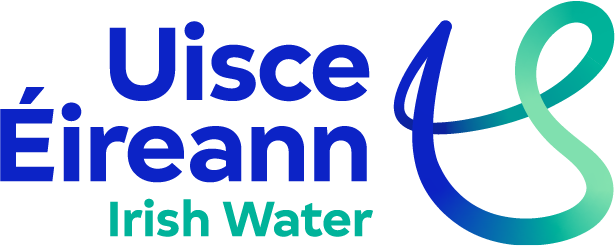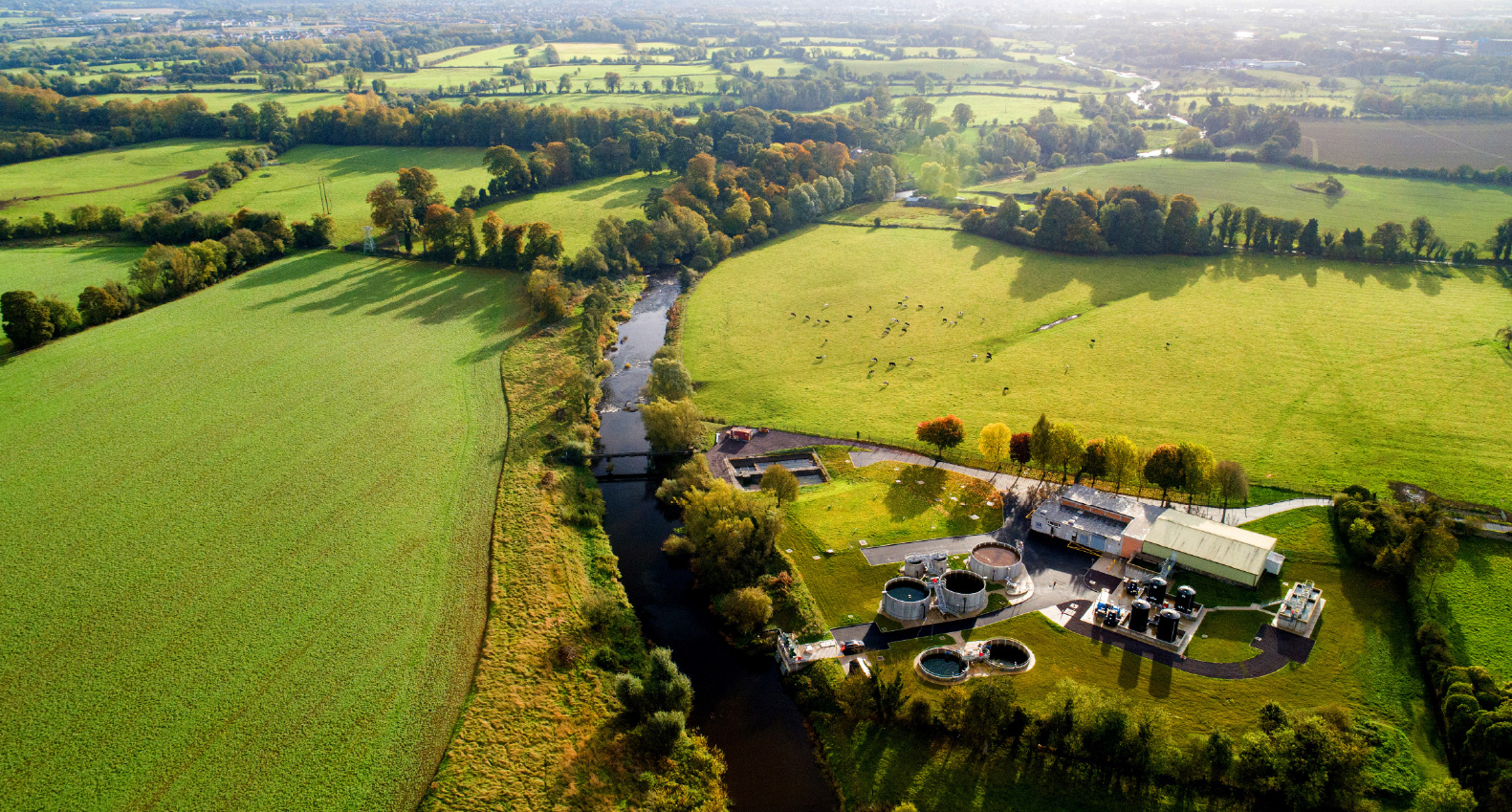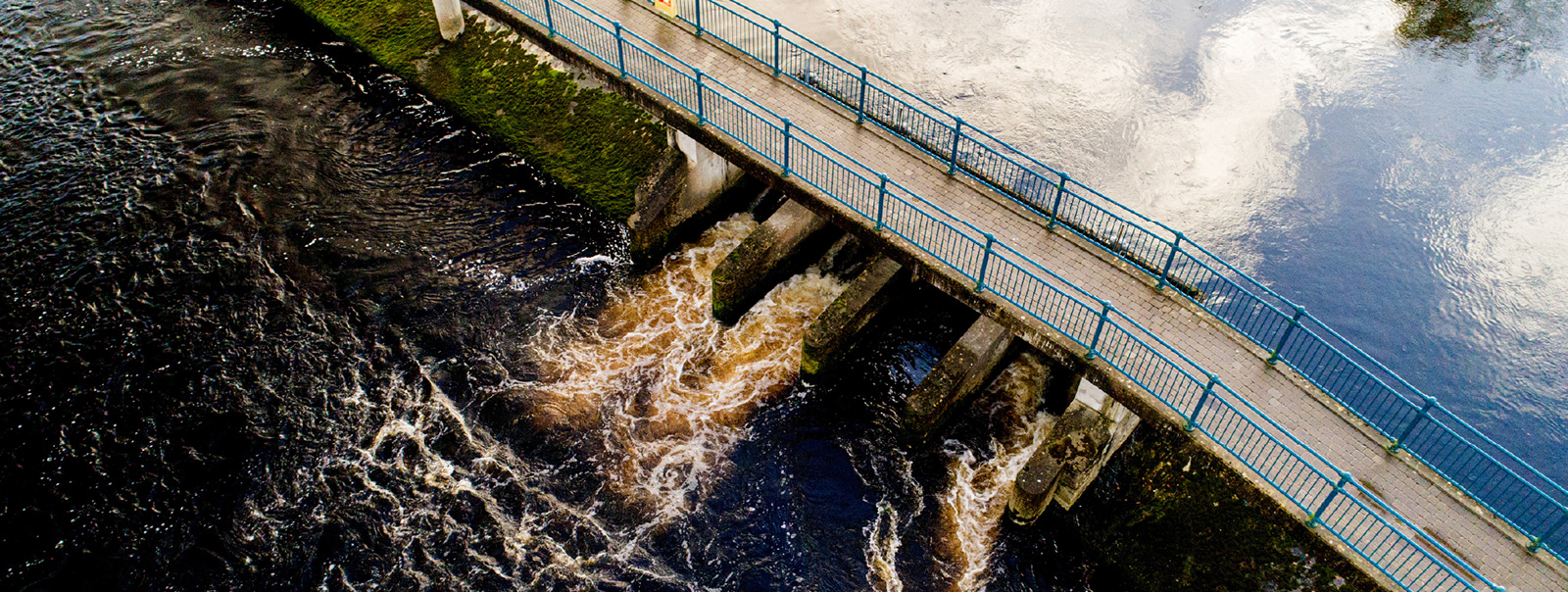Major challenges and achievements in 2024
Uisce Éireann plays a critical role supporting growth and development at local and national level
In line with the Government’s Water Services Policy Statement, our Strategic Funding Plan sets out our ambition for public water services in Ireland and our Capital Investment Plans set out our capital investment priorities over 5-year revenue cycles. From 2020 to 2024, we have invested approximately €5.4bn upgrading and improving water and wastewater services infrastructure and assets across the country to improve the quality of life for the people of Ireland, protect our environment and grow our economy. In 2024, Uisce Éireann invested €1.372bn in water and wastewater infrastructure. However, the building, repair and upgrading of critical water infrastructure requires a multi-billion-euro investment programme over many years. Uisce Éireann has benefited from consistent support from Government, to deliver for communities, most recently on funding announcements and approval in principle for the Water Supply Project Eastern and Midlands Region to go to planning. Uisce Éireann takes into consideration national policies and plans which have a dependence on the public water and wastewater infrastructure such as housing policies, job growth policies, and climate action plans. Uisce Éireann is also guided by regulatory standards and policies such as the drinking water and wastewater regulations, taking into consideration our funding framework and legal obligations.
Under the draft Water Services Strategic Plan (WSSP) 2050 Uisce Éireann is required to quantify and articulate long-term investment needs for our water and wastewater assets. Our estimates indicate that, in the period up to 2050, a minimum capital investment of circa €55-60 billion (in 2022 monies) will be required to address the known needs and risks to water and wastewater service delivery to current standards. A significant capital spend is required every year to ensure serviceability levels are maintained across our large range of infrastructure assets and as we invest in more sophisticated plants as regulatory standards change. The total need will exceed this, so other means will be essential to bridge the funding gap such as water conservation and water efficiency, collaboration with stakeholders around smarter ways to achieve wastewater compliance, innovation and new procurement approaches which would require multi-annual funding certainty. In the absence of this level of sustained investment there will be risks to service delivery and associated pressures on operational expenditure to maintain service levels.
Uisce Éireann plays a pivotal role in meeting the demand for housing
Uisce Éireann has a central role in supporting sustainable commercial growth and the development and delivery of housing, under the Government’s Housing for All strategy. Uisce Éireann plays a central role in meeting the housing supply challenge, working in partnership with Local Authorities and developers. Continued investment in water infrastructure will be required in the years ahead to continue to facilitate housing development in line with current policy and additional funding will be needed should more ambitious housing targets be set by Government.
Uisce Éireann have identified an estimated 342 High Growth Areas, a significant number of these areas are not currently serviced by water infrastructure. To deliver new or more ambitious housing targets we believe that concentrated sustainable development is a necessary condition to enable the efficient delivery of water services to support future housing targets for the allocated funds.
In 2024, we issued positive responses to 3,041 pre connection enquiries associated with 114,981 housing units and issued 5,508 connection offers associated with 52,133 housing units. Uisce Éireann issued only 200 refusals associated with 192 housing units nationally in 2024. The majority of refusals were associated with one-off single houses or small housing developments. Customers accepted 4,252 offers associated with 41,169 housing units.
Future proofing and meeting the needs of a growing economy and population
In 2024, we enhanced the resilience of water and wastewater services. We increased water and wastewater treatment capacity by constructing new plants or upgrading existing ones. We also laid new watermain and sewer main and rehabilitated the existing networks. However, there are capacity constraints for both water and wastewater services in the Greater Dublin Area (GDA). A long-term solution will require continued leakage reductions, new water treatment capacity and a new source of water for the GDA, together with the additional capacity to treat the wastewater. Both the Water Supply Project Eastern and Midlands Region and the Greater Dublin Drainage project will provide the essential increase in service capacity.
“To deliver new or more ambitious housing targets we believe that concentrated sustainable development is a necessary condition to enable the efficient delivery of water services to support future housing targets.”
Capacity constraints
In the Greater Dublin Area which includes Dublin and parts of Meath, Kildare and Wicklow, there is an increasing demand on the current water supply. Significant population and economic growth over and above forecasts in the GDA in the last three years means, there is an increasing risk, there will be a shortage of water for all customers within the next five years. This shortage can only adequately be addressed by prioritising the delivery of the Water Supply Project Eastern and Midlands Region (WSP) and the Greater Dublin Drainage project.
Water Supply Project Eastern and Midlands Region
- Water supply in the Eastern and Midlands Region faces several serious challenges. Currently a single source, the River Liffey, supplies 85% of the water requirements for 1.7 million people in the Greater Dublin Area. This dependency on the River Liffey (and the two main treatment plants of Ballymore Eustace and Leixlip) results in a serious vulnerability to risks such as prolonged drought and/ or contamination. Exposure to this key vulnerability is endured daily and can only be addressed through a new independent water source for the Greater Dublin Area and the Eastern and Midlands Region. Population growth, economic growth and climate change will exacerbate the region’s water supply challenges even further.
- The Water Supply Project Eastern and Midlands Region forms a key part of Uisce Éireann’s long-term strategy to increase supply resilience and levels of service in the region by creating a major new source of water to meet anticipated supply demands to 2050. The Water Supply Project Eastern and Midlands Region will provide capacity for offtakes along the route to supply communities in Tipperary, Offaly and Westmeath. It will enable supplies serving Dublin to be redirected back locally in Carlow, Wicklow, Meath and Louth. It will also allow for tighter management and operational controls over water quality.
- Uisce Éireann has conducted extensive environmental studies and has engaged with over 1,500 stakeholders through the four rounds of non-statutory consultation including with affected landowners.
- In July 2024, a major project milestone was reached when the Government approved the preliminary business case for the project under the Infrastructure Guidelines. This approval in principle has enabled the project to proceed to a further round of non-statutory consultation in advance of the submission of a Strategic Infrastructure Development planning application to An Bord Pleanála in Q4 2025, subject to external dependencies.
Greater Dublin Drainage Project
- As our population and economy grows, so too does the volume of wastewater. The amount of wastewater generated in greater Dublin is projected to increase by over 50% in the period to 2050. We must collect and treat this wastewater so that the treated water can be safely returned to the environment.
- The Greater Dublin Drainage Project involves the construction of a new wastewater treatment facility in north Dublin, along with associated infrastructure to serve parts of Dublin, Meath and Kildare. This new infrastructure will provide much needed additional treatment capacity for the region, once the country’s largest wastewater treatment facility at Ringsend reaches its maximum upgrade capacity later this decade.
- In June 2024, An Bord Pleanála (ABP) held a statutory consultation on the Greater Dublin Drainage project, following which Uisce Éireann provided a response to An Bord Pleanála on the submissions for their consideration. An Board Pleanála will consider the further information submitted, as well as any submissions or observations received, and provide a decision in due course.
Opportunities presented by the Planning and Development Act 2024
The planning and consenting process in Ireland can often impact Uisce Éireann’s ability to provide timely delivery of water and wastewater infrastructure. It can typically take 5-7 years for a project to progress from planning to completion and 7-10 years and beyond where additional complexities arise, including but not limited to additional consents, e.g. foreshore licences (now maritime consents), compulsory purchase orders and wastewater discharge licences. Timelines can extend much further where appeals, judicial reviews and other challenges are encountered. The recently enacted Planning and Development Act 2024 seeks to achieve certainty by, for the first time, setting mandatory decision timelines for An Bord Pleanála (soon to become An Comisúin Pleanála). We anticipate, the new regime, once embedded will provide clarity and certainty on timelines.
Delivering an integrated water utility
On 1 January 2023, Irish Water transitioned to Uisce Éireann and became Ireland’s new standalone water utility, responsible for the delivery of all public water services in Ireland. During 2024, we continued to prioritise the transformation of the water sector integrating 31 different ways of delivering water services into one. The transition of water services staff into Uisce Éireann, along with filling vacancies, and enabling the integration of all our people in our new shared organisation continues. This work is vital so that we can fully deliver on the benefits of a national water authority model with strong local teams delivering in and for our communities. Under the Government’s framework for the Future Delivery of Water Services (the Framework), all staff will remain in the direct employment of their Local Authority on their current terms and conditions unless they choose to voluntarily transfer to Uisce Éireann. Ongoing engagement will continue with all remaining water services staff who may consider transferring across to Uisce Éireann up to the end of 2026. The dedicated Transformation Programme Team have been progressing the transition on a phased basis, with the primary focus being on stability of operations, service continuity and safety of both staff and public health. The transformation project will deliver long term benefits through developing centres of expertise in support of front-line operations, contingency and resilience planning, monitoring and automation through technology deployment and improved work practices and standards.



